I was gardening for years before I stopped to think about whether or not my garden was costing me money or providing me with healthier and cheaper organic produce because of my efforts.
Of course, when you’re starting out your garden will cost you more money because you have to build new garden beds, buy soil and amendments, seeds, gardening tools etc. In my book, I mention offsetting these costs by growing high-value dollar crops.
But after a few years and perhaps a seed addiction *ahem*, you might really want to know if your garden is costing you too much money, or perhaps you just keep your finances very well balanced and have a spending limit.
To do this you need to keep track of your gardening expenses and keep a harvest log and compare them.
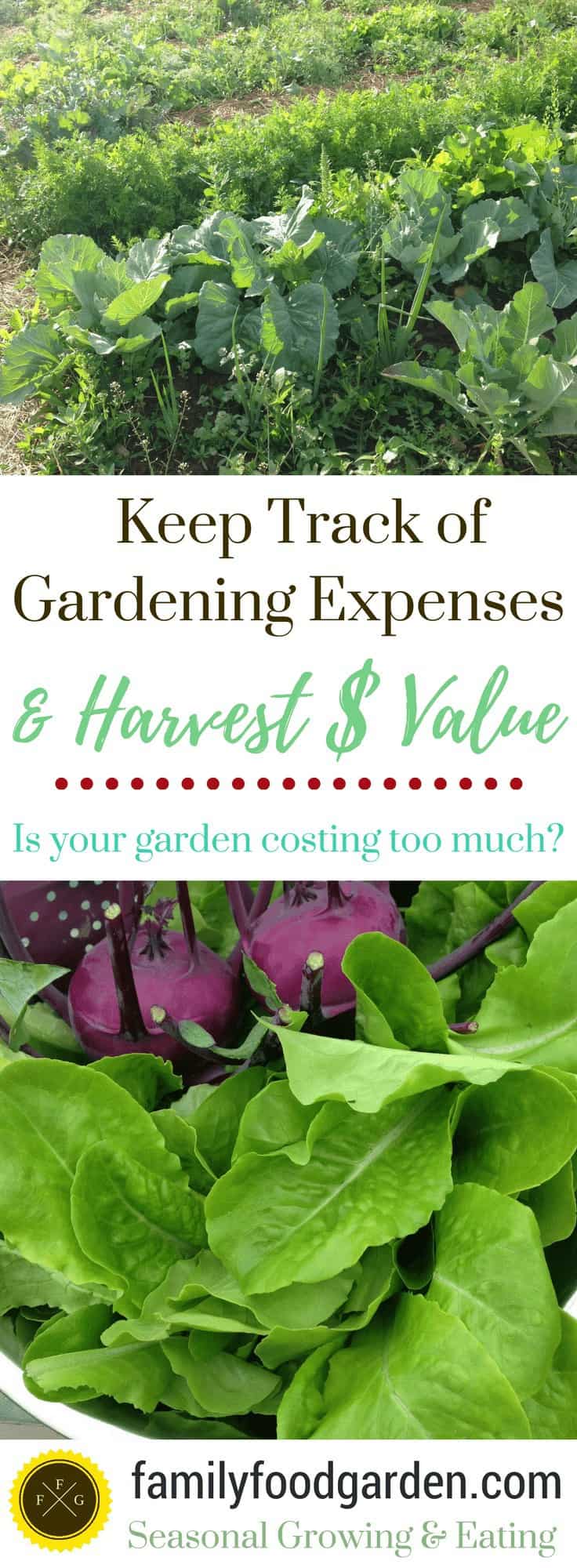
How Much is your Garden Costing You?
The easiest way to figure out if your garden is costing you money is to keep track of all your gardening expenses and compare them to your harvests and the dollar value of those harvests.
What are your Gardening Expenses?
Here are some purchases to keep track of that are classified as gardening expenses:
- Seeds
- Soil
- Soil amendments
- Building supplies
- Gardening tools
- Gardening boots
- Mulch
You’ll want to write down what your purchases are, how many and the price. Most of the time in the spring our garden is in the negative dollar value because that’s when most of the garden expenses are made. Then as the season goes along and we harvest more crops and thus create more dollar value.
How to Price out your Harvests
Pricing out your produce and keeping a harvest log will give you some idea on how to offset your gardening expenses.
Some things to keep in mind when pricing out your homegrown produce.
- Where you live: If you live in a temperate growing zone you might have access to produce year round and without the long distance travel of coming from over the continent or overseas.
- Time of the year: If you get 6 months of winter your produce prices will be far higher than in the summer months when food is in season and doesn’t have to travel the distance.
- Where you shop: If you shop from the grocery store you have your conventional stores and your health food stores, both will have different prices and both take a cut in the profits of the produce you purchase. If you shop from the farmers market or have a CSA share (where you get a weekly box of veggies) your price might be less because you’re buying directly from the source. However *sometimes* larger chain stores order veggies from large farms and have higher purchasing power and can get reduced prices because of it.
Is the produce in season?
- Whether or not the produce is in season: Strawberries might be $3 a container in the peak summer season but a whopping $6 in the off-season.
- Organic or conventional: The majority of the time, organic food is more expensive than its conventional counterpart. That will vary greatly on what you’re buying and how much it’s sprayed (for example potatoes are a heavily sprayed crop, so organic is more expensive. As for something like carrots there’s not so much in price difference.)
- Specialty veggies, like rainbow carrots or heirloom tomatoes, have a higher dollar value than the boring bland conventional counterparts. I almost always grow heirlooms or fancier veggies that you can’t buy at the store because the taste is superior.
- The ‘Greens on Top’ Price. Crops with the greens left on them have a higher dollar value. Take carrots, a healthy colourful mix of heirloom carrots that are purple, orange and red with the greens on top costs FAR more than your humble bag of 5lbs carrots that look dry and old. The flavour is also far better.
- Your country, the economy, your local food farms (or lack thereof), climate changes affecting weather (think drought, forest fires), cost of gas, green tops on or off the list goes on!
So with ALL of these factors and more how on earth do you price your own home-grown produce?
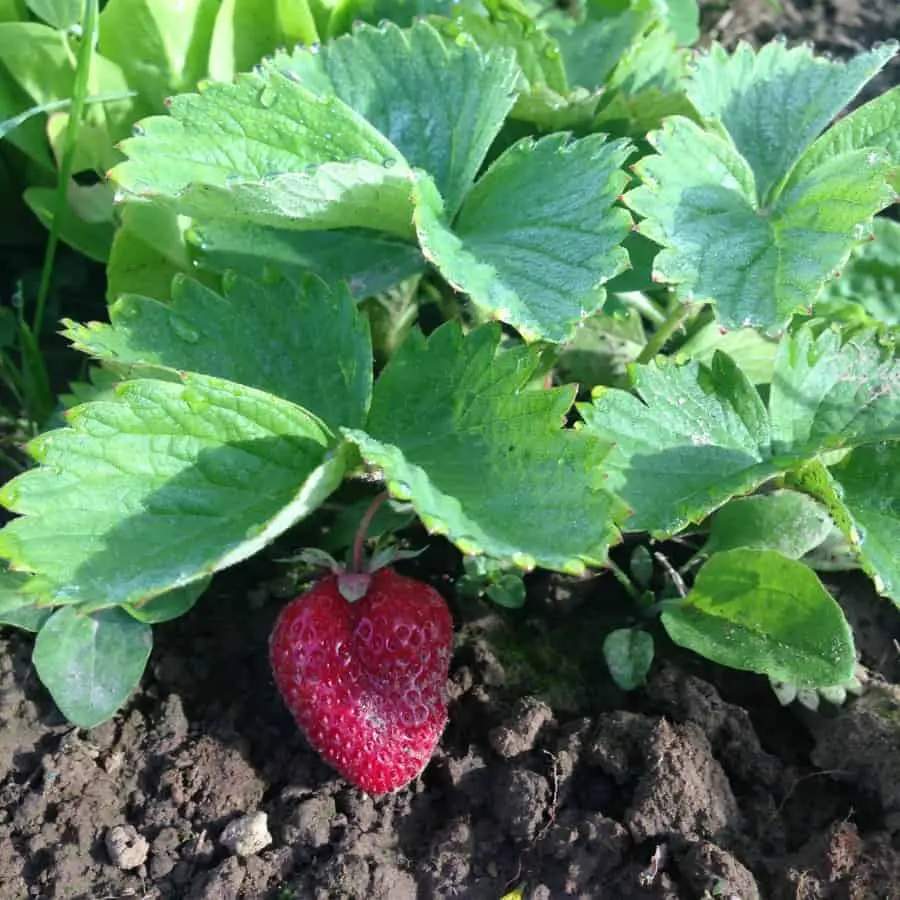
Here’s How I Price my Own Produce
I keep track of the cost of produce from our grocery store purchasing and I take an average from both the in-season and out of season prices.
For example, kale at peak season in the fall was $2 a bunch, the rest of the year it’s about $3 a bunch so I price it out at $2.50. I do this for every vegetable that we purchase and write it down on paper or an excel spreadsheet. This will give you a good average cost of the produce value.
HOWEVER there are a few things I’d like to mention.
IF you only buy in season and preserve your harvest, your savings are far greater because the value of the produce is at the lower price point. This allows for maximum savings but requires far more effort on your part to preserve the produce. This option isn’t for everyone and very few people do this, but keep it in mind if you want maximum home food savings this can be a great way to go.
But back to the kale and taking an ‘average price’.
Of course this is an average, and produce prices have been going up for the past couple of years so your value might go up.
Harvest Sizes
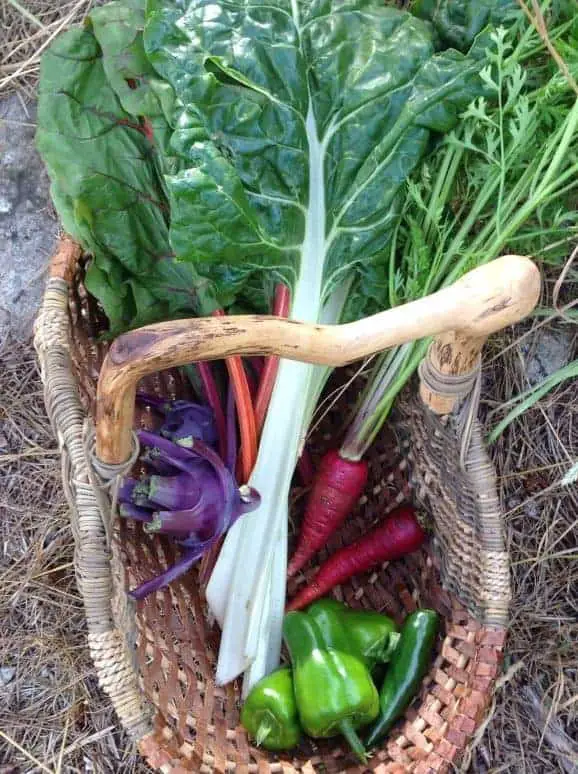
Once you have a price do you go by weight? Size? Bunches?
Many produce items can be weighed in pounds, others are organized into bunches.
If I have something like a ‘bunch’ for example of radishes or a herb like basil or mint, I will write down how many bunches I have and have a certain price for each bunch (taking the grocery store average). If something weighs more than a few lbs, I will take out the scale and weigh it and price it out per pound. Winter squash and pumpkins are an example of this.
Some veggies like carrots and potatoes vary because I don’t often harvest the 3, 5, or 10 lbs that I would normally purchase so I create smaller pricing options on my harvest log.
Comparing Gardening Expenses to your Harvest Log
So to find out if your garden is costing you too much money you’ll need to compare the gardening expenses to your harvests at the end of the season. Of course, as I said earlier, gardening is about more than the dollar value but it gives you a rough idea on maybe cutting back on certain things that might not be a necessity.
Remember the taste of fresh food in peak ripeness cannot be compared to the grocery store produce. 😉
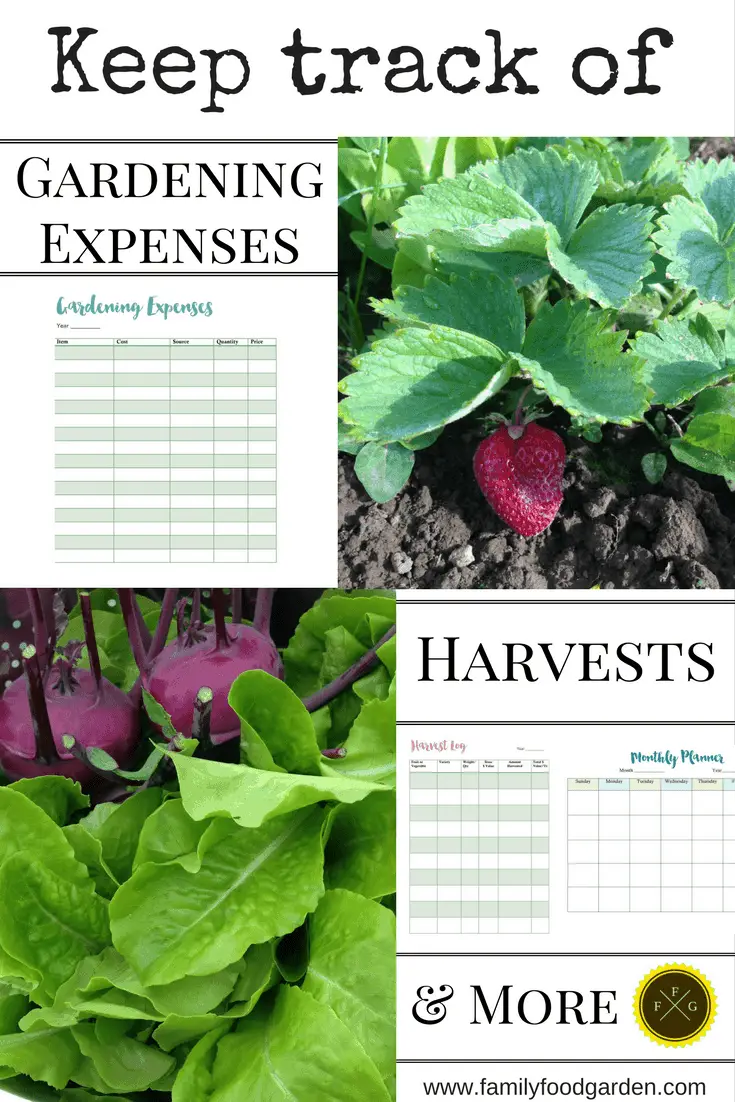

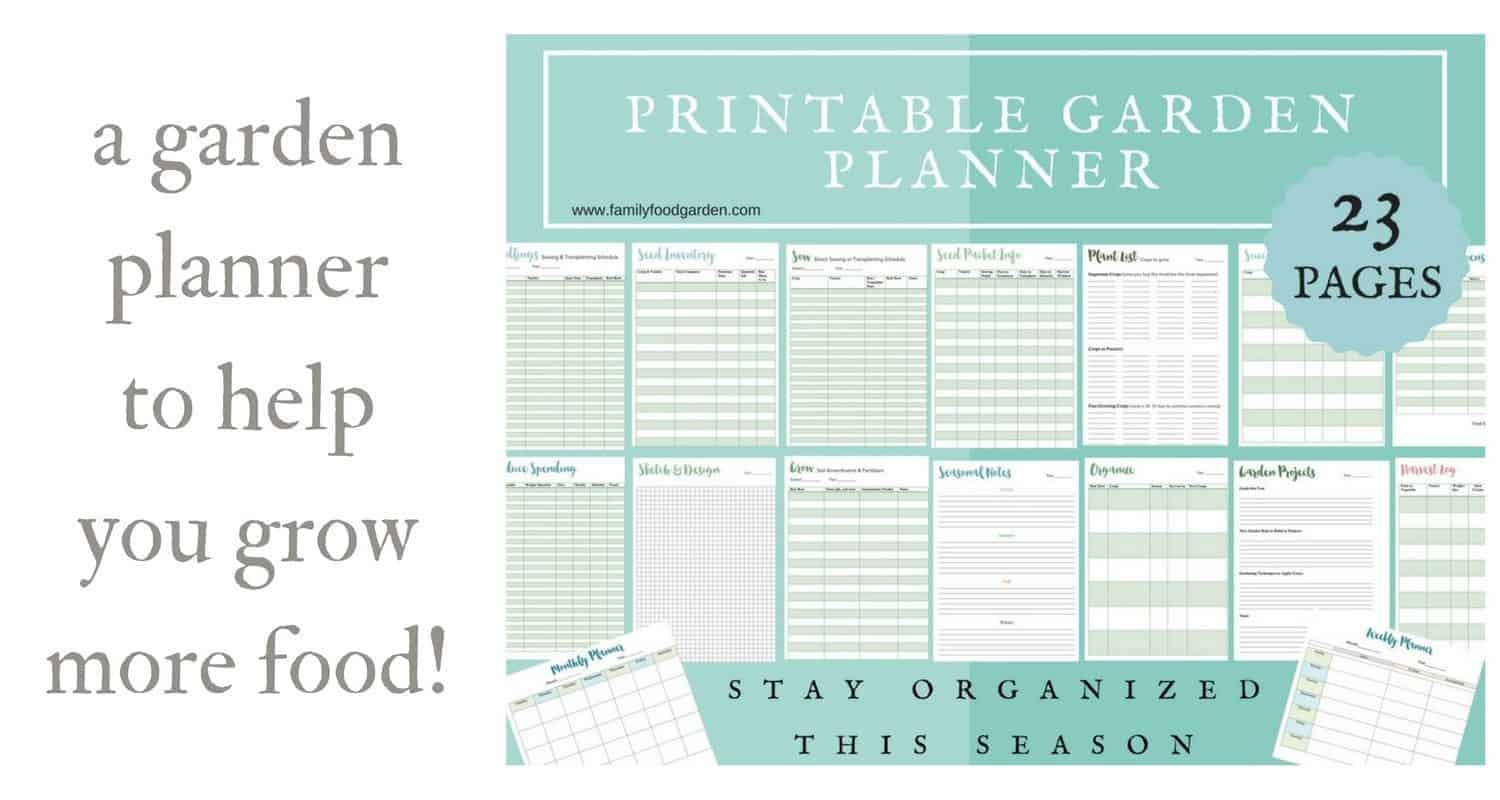
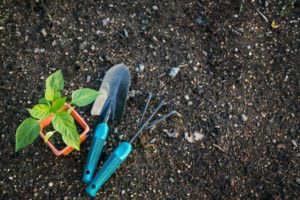
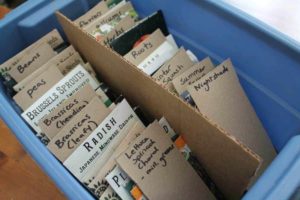
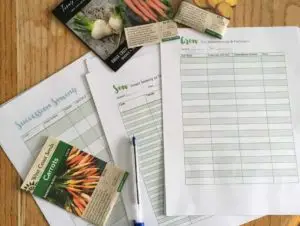
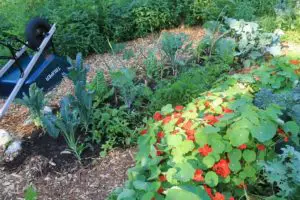
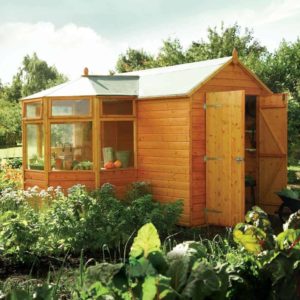
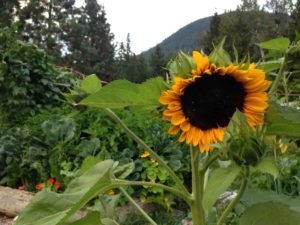

Want to know about pricing my produce. Thank you. This has been the only site I have the found that I was impressed with the knowledge.